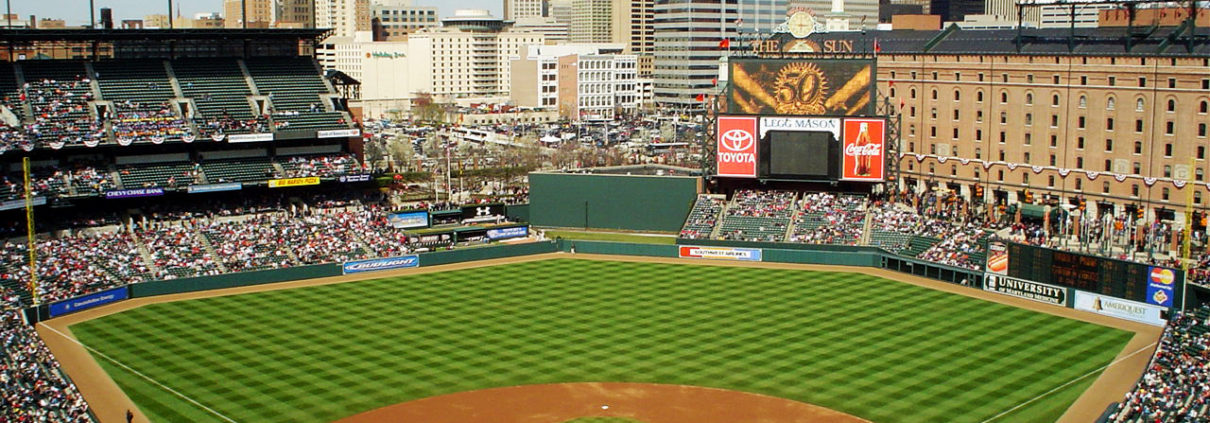Talk of establishing an EcoDistrict in Baltimore has gained traction over the past year, with proponents suggesting the locations of Harbor Point, Lexington Market and the State Center project. The articles so far have focused on the potential for energy savings and storm water management at the district level. These benefits are obviously positive for the developments at first glance, but what are the broader implications for the city and people of Baltimore? By establishing an EcoDistict in Baltimore, the city has the potential not just to save energy and costs, but to improve the lives of the people living there, and to catalyze sustainable development throughout the city.
What Is An EcoDistrict?
Simply put, an EcoDistrict is a neighborhood or district within a city committed to sustainability through programs including community-scale energy generation, recycling, and low-carbon transportation options. On a larger scale, the EcoDistrict approach, developed by the EcoDistrict Initiative out of Portland, OR, is a framework to develop sustainable and ecologically diverse cities from the neighborhood up. Cities and communities around the country have established EcoDistricts, including one in DC’s Southwest Waterfront. All have sustainability at their core, but the projects range from downtown business districts to affordable housing communities.

Economic and Social Benefits
The up front benefits of an EcoDistrict from an economic standpoint are clear. Operational efficiencies for multiple systems create cost savings for energy and water almost immediately. Ecodistrics either create or tap into existing district energy distribution systems which save on energy costs by using a central plant to heat and cool buildings in the district. Buildings achieve water use savings with central wastewater plants and district storm water management. Over the life of the project, communities will see savings in public health costs, waste management, and operations costs.
The long term benefits ultimately go to the users of the project and residents of the neighborhood. When cities provide infrastructure and opportunity, people are able to conserve energy use, reduce and manage water, and reduce outputs of waste. Providing urban agriculture and gardens allows residents to produce at least some of their own food. Overall, Baltimore can improve the ecology and social economy of neighborhoods by incorporating natural systems and ways for residents to manage their ecological and financial costs.
While the benefits go to the users, this can be an economic boost for the city of Baltimore as people and businesses choose to locate in the district to take advantage of the cost savings and culture of sustainable living. Increased attraction to the neighborhood from businesses and people create long-term economic health for the city.

Making Baltimore More Livable for Current and Future Generations
These benefits may keep Baltimore City desirable for the next quarter century and beyond. As more and more people from several generations (the millennial generation most notably, but baby boomers too) move back into cities and push demand for housing and resources, the shortcomings of cities are coming back into focus.
The problems that have always existed in cities, like overcrowding, unhealthy conditions, and lack of natural and green space are being rediscovered by a generation raised in the suburbs. Many people are choosing to live in the city now, in part because of the access to cultural and lifestyle amenities and a short multi-modal commute.
The way we develop downtown today may determine whether urbanites choose to remain for the next decade – whether the pros of living downtown will continue to outweigh the cons. By shaping new development to fit within an EcoDistrict framework, we have the opportunity to make the city more desirable by giving residents a chance to manage their own resources and create livable communities. With stakeholder buy-in to the EcoDistrict concept, Baltimore could gradually transform into a hub of urban agriculture, economic activity, and social equity.
In addition to thinking about how to get people to make Baltimore their home, it is time to start thinking about how to keep them here and improve conditions for everyone.




